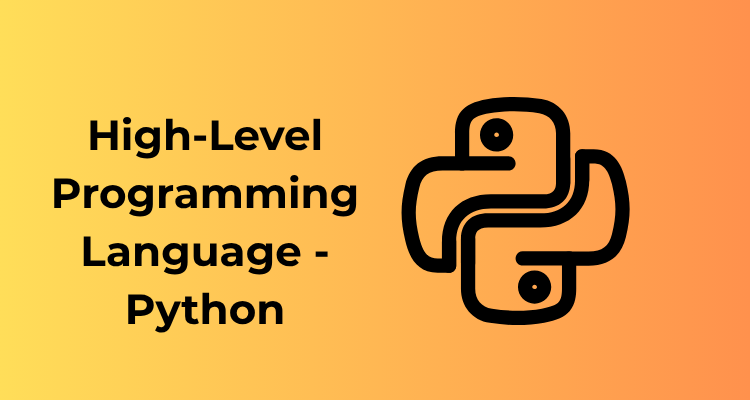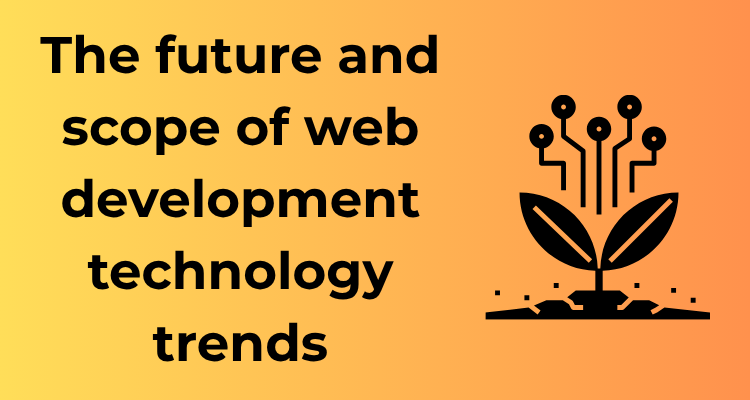Python is a high-level, general-purpose programming language that’s widely recognized for its simplicity and readability. Designed to be straightforward, it allows developers to write code that is easy to understand and maintain, making it a popular choice for beginners and experienced programmers alike.
Guido van Rossum, a Dutch programmer, created Python in the late 1980s. He aimed to develop a language that would simplify coding and emphasize readability. Since its initial release in 1991, Python has undergone numerous updates, evolving into one of the most versatile programming languages used today. With its focus on clean, readable syntax and a comprehensive set of libraries, Python has become a go-to language for various applications, including web development, data analysis, and machine learning.
Python’s success can also be attributed to its strong community, which continues to maintain and improve the language, making it accessible across different platforms and operating systems.
What is a High-level Programming Language?
A high-level programming language allows developers to write programs using syntax that is more understandable and closer to human languages rather than machine code. These languages are designed to simplify complex coding tasks, enabling programmers to focus on problem-solving instead of dealing with intricate hardware details.

Characteristics of High-level Languages
High-level languages are distinguished by their abstraction from the hardware. They do not require the programmer to manage memory manually or interact directly with the computer’s physical components. Instead, high-level languages include features that automate these processes, such as garbage collection and dynamic typing.
High-level vs. Low-level Programming Languages
Low-level languages, such as assembly language, operate closer to machine code and are tailored to specific hardware architectures. These languages provide direct control over hardware but require extensive knowledge of the computer’s internals. In contrast, high-level languages, like Python, simplify programming by hiding these details and enabling developers to write more compact, human-readable code.
Why Python is a High-level Language
Python is categorized as a high-level language because it handles many programming tasks automatically. Python abstracts complex processes like memory management, supports multiple programming paradigms, and is platform-independent. These features make Python accessible and highly productive for developers, allowing them to build applications quickly and effectively across different fields.
Python’s high-level nature, along with its clear syntax, makes it ideal for beginners, while its versatility makes it powerful enough for seasoned developers.
Key Features of Python
Python is packed with features that make it a popular choice among developers, regardless of their level of expertise. Here are some key aspects that highlight why Python stands out:
- Readability and Simplicity
- Interpreted Language
- Dynamic Typing
- Comprehensive Standard Library
Why is Python So Popular?
Python has gained immense popularity across various fields, including web development, data science, and automation, due to its simplicity and versatility. Here’s an overview of why Python stands out:
- Versatility Across Fields
- Adaptable for Multiple Applications
- Strong Community and Active Development
Practical Applications of Python
Python is known for its versatility, making it suitable for a wide range of applications across different fields. Here are some common uses:
Web Development
Python is widely used in web development, mainly through frameworks like Django and Flask. Django is a full-featured framework that helps developers build robust and scalable web applications quickly, as it includes tools for database management, authentication, and URL routing. Flask, on the other hand, is a lightweight framework that offers flexibility, allowing developers to build simple or complex applications based on their needs. These frameworks handle many foundational tasks, enabling developers to focus on the unique aspects of their projects.Data Analysis and Visualization
Python has become the go-to language for data analysis and visualization due to its powerful libraries. NumPy is essential for numerical operations and data manipulation, Pandas simplifies working with structured data, and Matplotlib provides tools for creating a wide variety of visualizations. Together, these libraries help analysts process large datasets, perform statistical analyses, and visualize trends in data, making Python highly valuable in finance, healthcare, marketing, and other data-driven industries.Machine Learning and AI
Python’s popularity in machine learning and artificial intelligence (AI) has skyrocketed thanks to libraries like TensorFlow and PyTorch. These tools allow developers to build and deploy complex models, including neural networks for tasks like image recognition and natural language processing. Python’s straightforward syntax and extensive community support also make it easier to experiment with various algorithms and techniques, helping to accelerate advancements in AI and machine learning.Automation and Scripting
Python is commonly used for automation and scripting, where it helps automate repetitive tasks, such as data entry, file manipulation, and web scraping. For example, Python’s Selenium library is frequently used for automating web browser tasks, while Beautiful Soup is popular for parsing and extracting information from HTML and XML files. This capability makes Python a valuable tool for businesses looking to streamline operations and improve productivity.
Advantages and Limitations of Python
Python offers several advantages, but it’s not without its limitations. Here’s a balanced look at its strengths and weaknesses:
Advantages
- Ease of Learning: Python’s readable syntax makes it accessible to beginners, reducing the learning curve for new programmers.
- Portability: Python is cross-platform, meaning code written on one operating system can run on another without modification, as long as the Python interpreter is available.
- Extensive Ecosystem: With a vast range of libraries and frameworks, Python provides solutions for tasks in web development, data science, machine learning, and more, making it highly versatile.
Limitations
- Performance: Since Python is an interpreted language, it typically runs slower than compiled languages like C++ or Java. This makes Python less ideal for tasks that require high-performance processing, such as 3D graphics or game development.
- Not Optimal for Certain Applications:Python may not be the best choice for mobile app development or embedded systems, as it lacks native support for mobile platforms and can be limited in performance for low-level programming tasks.
Getting Started with Python
Setting up Python is a straightforward process, and it’s compatible with most major operating systems. Here’s a quick guide to help beginners get started with Python and understand its basic syntax.
- Setting Up Python on Different Platforms
- Windows:
- Download the latest version of Python from the official Python website.
- During installation, make sure to check the option to “Add Python to PATH,” which simplifies running Python from the command prompt.
- macOS:
- Linux:
- Windows:
- Overview of Basic Syntax
Conclusion
Python has firmly established itself as one of the most popular and versatile programming languages available today. Its unique qualities—such as its readability, simplicity, and extensive library support—make it a go-to choice for developers across many fields, from web development to machine learning and automation. Python’s easy-to-learn syntax and active community further contribute to its widespread use, as they create a welcoming environment for both newcomers and seasoned developers alike. Looking ahead, Python’s role in technology and programming is likely to grow. Its adaptability means it continues to evolve alongside emerging technologies, such as artificial intelligence and data science. Additionally, as Python is open-source, it benefits from constant improvements and innovations driven by its community, ensuring that it remains relevant and up-to-date in a rapidly changing digital landscape.









